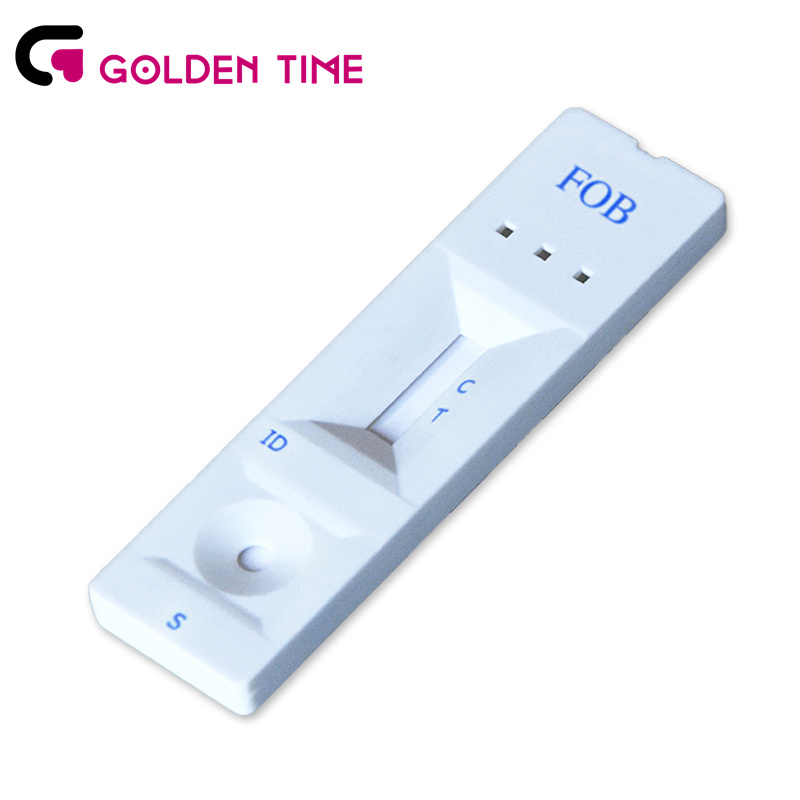Oct . 12, 2024 09:18 Back to list
Understanding Easy Home Ovulation Tests for Accurate Fertility Tracking and Planning
Understanding the Easy at Home Ovulation Test A Guide to Your Fertility Journey
When embarking on the journey to conceive, understanding your menstrual cycle and ovulation is crucial. One of the most effective tools for tracking ovulation is the Easy at Home Ovulation Test. This article delves into what these tests are, how they work, and their significance in your fertility journey.
What is an Ovulation Test?
Ovulation tests are home-testing kits designed to predict ovulation by detecting the presence of luteinizing hormone (LH) in your urine. LH surges right before ovulation, making it the perfect time for conception. Easy at Home Ovulation Tests are popular for their accuracy and ease of use. They provide a simple way for women to monitor their fertility in the comfort of their own homes.
How Do Easy at Home Ovulation Tests Work?
The Easy at Home Ovulation Test works by measuring the concentration of LH in your urine. Each test comes with a dipstick that you place in a urine sample. The test will show two lines one control line to indicate the test is working, and one test line that shows the level of LH. If the test line is as dark or darker than the control line, it indicates that an LH surge is happening, usually within 12 to 36 hours, which suggests that ovulation is imminent.
When Should You Start Testing?
To ensure accurate results, knowing when to start testing is essential. The cycle length varies from woman to woman, generally ranging from 21 to 35 days. A good rule of thumb is to start testing a few days before you expect ovulation, which is typically around 14 days before your next period starts. For example, if your cycle is 28 days, begin testing around day 11. Many Easy at Home Ovulation Test kits come with a calendar to help determine the optimal testing days based on your cycle length.
Tips for Accurate Testing
easy at home ovulation test

1. Use the Test at the Same Time Daily Consistency is key when testing. It's best to test at the same time each day, preferably in the afternoon or early evening when LH is more concentrated. 2. Midstream vs. Cup Testing Using a clean, dry cup to collect urine can often yield more accurate results than testing midstream, as it can help avoid dilution. 3. Hydration Avoid excessive fluid intake an hour before testing to prevent diluted urine, which can affect the accuracy of the results.
Interpreting the Results
Interpreting the test results is straightforward. If the test line is as dark or darker than the control line, you've detected the LH surge, and ovulation is likely to occur shortly. This is your window of opportunity to conceive. Conversely, if the test line is lighter than the control line or absent, no surge is detected, indicating that ovulation is not imminent.
What If Tests Are Inconclusive?
If your Easy at Home Ovulation Tests yield inconsistent results, don’t be discouraged. Factors such as stress, illness, and hormonal imbalances can affect hormonal levels. If you’re consistently receiving unusual results or aren’t seeing an LH surge when expected, consider consulting with a healthcare professional to explore any underlying issues.
Benefits of Using Easy at Home Ovulation Tests
Utilizing Easy at Home Ovulation Tests comes with several benefits. They are cost-effective, easy to use, and provide immediate results, making it easier to pinpoint your fertile window. Moreover, tracking ovulation can enhance your understanding of your menstrual cycle, whether you’re trying to conceive or simply monitoring your reproductive health.
Conclusion
The Easy at Home Ovulation Test can be an invaluable tool in your fertility journey, allowing you to gain insight into your ovulation patterns. With proper testing methods and careful interpretation of results, these tests can empower you to make informed decisions about your reproductive health. Remember, knowledge is power, and understanding your body is the first step toward achieving your family planning goals. Always keep an open dialogue with your healthcare provider as you navigate this exciting chapter of your life.
-
Highly Accurate hCG Pregnancy Test Strips - 5 Min Results
NewsAug.02,2025
-
Premium Empty ABS Plastic Cassettes: Durable & Lightweight Storage
NewsAug.01,2025
-
Accurate Cocaine (Coc) Rapid Test Kit | Fast & Reliable Detection
NewsJul.31,2025
-
Accurate HCG Pregnancy Test Strips | Fast Home Use Kit
NewsJul.31,2025
-
Reliable Early Pregnancy Test Kit Supplier - Multi Plastic Cassette Options
NewsJul.30,2025
-
Transferrin Rapid Test Cassette – Reliable Tumor Marker Detection
NewsJul.29,2025

